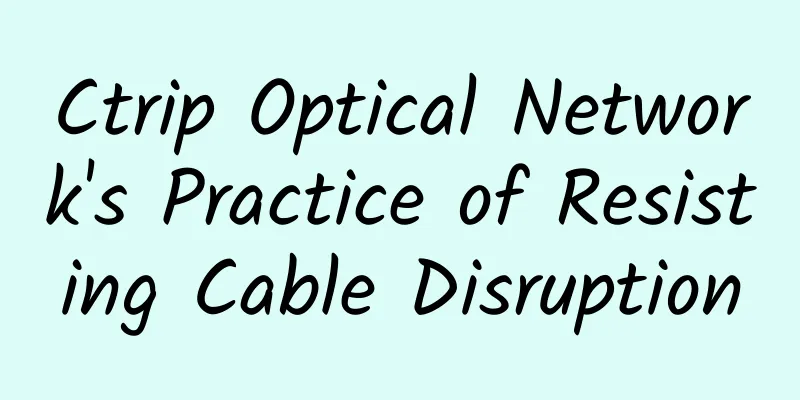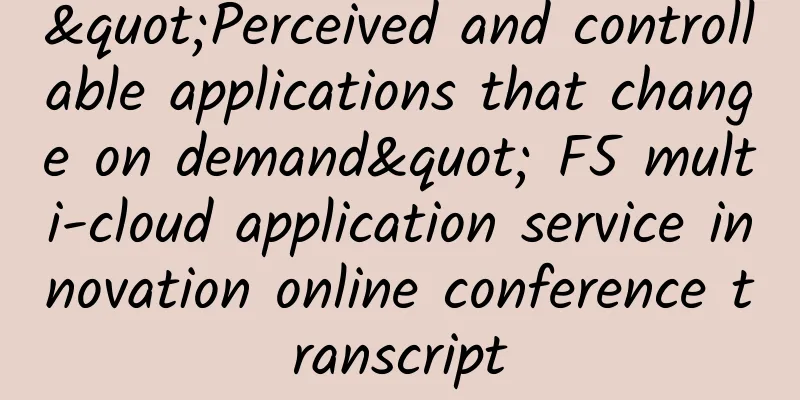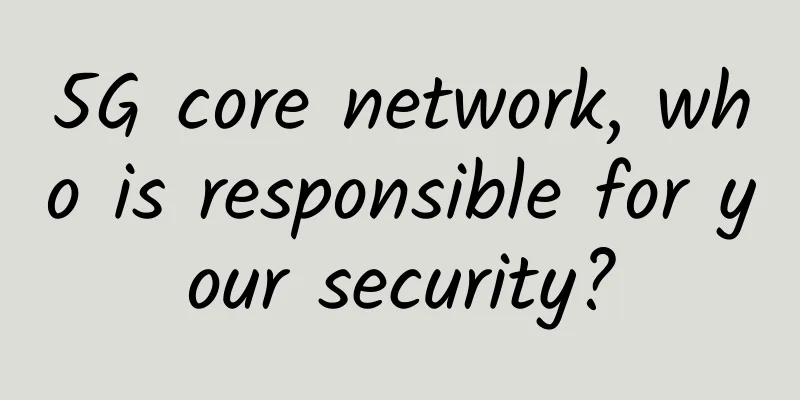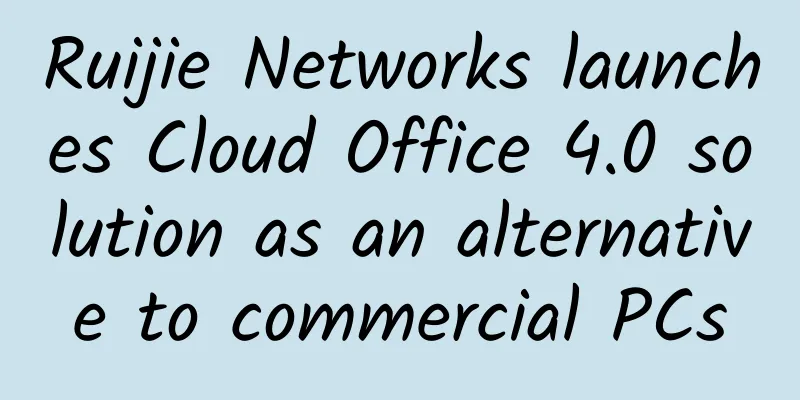Five realistic predictions for enterprise IT in 2018

|
As 2017 is coming to an end, many companies are planning their budgets for purchasing equipment and operating their businesses in 2018. The same is true for IT departments. Companies are committed to investing in promising technologies and projects, but they end up spending more than they expected or fail to get the expected returns. Data center consolidation, cloud migration, hybrid and multi-cloud, application modernization, containers, microservices, artificial intelligence and machine learning, IoT, and data analytics are just some of the recent initiatives that enterprises have taken. Most forecasts foresee growth in these areas (and this may well be the case). However, it is important to distinguish between increasing investment and reaping the rewards of adopting these initiatives. As enterprises develop IT plans for 2018, it is critical to set realistic expectations and goals. Here are some sobering predictions for enterprise IT organizations in 2018: 1. AI won’t be a game changer While AI and machine learning have incredible potential, 2018 will see their applications become too widespread. There is no doubt that 2018 will be a critical period for the development and advancement of this technology, but be careful not to overhype it. The actual impact of AI and machine learning technologies on businesses will become increasingly significant. The technology has proven to be valuable, but the results of using AI and traditional technologies are not much different. Therefore, in 2018, enterprises will not have much breakthrough and progress in using AI to accelerate business development or innovation. 2. Digital transformation initiatives will be adjusted Enterprises are making sweeping changes to infrastructure, applications, architecture, processes, and culture to accelerate business. While there are merits behind each move, there are often no targeted business outcomes. In 2018, enterprises will consider and adjust their digital transformation initiatives. IT organizations will focus more on completing digital transformation initiatives rather than embarking on more. Separating the hype from the reality in the digital transformation process is actually a good thing. 3. Containers will come to the fore There’s no denying that containers and microservices have a close relationship and they’re often used interchangeably, but this becomes a problem. It is now simple to package a traditional application into a container, and container platforms have evolved to make deployment a seamless experience. Running an application in a container or deploying a container into a production environment is a far cry from having a microservices application in production. When people talk about microservices, this refers specifically to an application architecture where each function of the application runs as an independent service. These distributed applications consist of thousands of containers and require many network, application, and security services to run effectively. Consider that if one thinks that a container can be represented as a brick, then a microservice is a thriving city with advanced water, electricity, and internet infrastructure. They are not the same at all, so they cannot be used interchangeably. While container applications will become mainstream in 2018, the same cannot be said for microservices. 2018 will see organizations take a giant leap forward in using containers and hopefully gain a better understanding of the differences between containers and microservices. 4. Enterprises will pursue true hybrid or multi-cloud environments using only two clouds The terms hybrid cloud and multi-cloud are being bandied about a lot these days. Over the past few years, enterprises have expanded the number of data centers and clouds they have. However, they operate as discrete environments for subsets of the organization's applications. It's not uncommon for new applications to appear in the cloud and in on-premises data centers, with often zero portability between the two environments. Such a setup can't be described as a hybrid environment at all. A true hybrid cloud or multi-cloud environment is homogeneous, meaning it is a single environment made up of multiple infrastructure providers. In these environments, it is easy to move applications between data centers and clouds. As organizations seek to avoid lock-in, adopting a homogeneous environment must be the way forward. The portability of all applications across multiple environments enables enterprises to run their applications in the best environment without any consequences if the environment changes (e.g. availability, cost, functionality). In the coming 2018, more and more organizations are looking to adopt a hybrid cloud or multi-cloud strategy as they combine their own data center/private cloud with advanced public clouds such as AWS or Azure. 5. The next wave of hardware will emerge from the data center Industry experts predict that IT hardware will die. Few businesses want to manage or adopt hardware appliances today. They are expensive and complex, and their functionality is antithetical to the speed and resilience of the business. The biggest trends in IT are driven by technologies that abstract away hardware dependencies, namely cloud computing infrastructure and containers. Data centers used to be completely limited to hardware. Then virtualization began to erode the control that hardware had over the data center. Today, many people consider their data centers to be software-defined. In 2018, we will see another wave of proprietary hardware being replaced as enterprises promise increased speed, automation, and resiliency. Application delivery controllers and web application firewalls are among the hardware appliances that are being replaced as software solutions can offer better performance and pricing and can run on existing x86 servers or white boxes. This will be the biggest shift in the data center since virtualization and will happen gradually over the next few years until the enterprise fully transitions to cloud computing or software can replace all hardware devices, including firewalls, IDS and IPS devices. |
<<: Huawei: Building a smart city nervous system to help cities transform digitally
>>: Inventory of digital industry keywords in 2017
Recommend
The Current State and Future of IoT Connectivity
In every sense, the Internet of Things is about c...
Two questions to easily understand Riverbed's 2018 and 2019
[51CTO.com original article] Recently, Riverbed h...
Verizon expands Ultra Wideband 5G and 5G Home Internet to new cities
Verizon, the US telecom operator, recently announ...
TmhHost: Special price for dedicated server starting from 388 yuan/month, optional CN2 GIA or Unicom AS9929
TmhHost launched a number of special-priced indep...
You know IPv4, but how much do you know about the new IPv6?
According to Google user statistics, as of June t...
Blockchain makes cities smarter and more innovative
This article takes stock of the smart city applic...
Once together, now separated, 5G baseband will connect everything
2019 is the first year of 5G, but SoC and 5G base...
12 Myths About Blockchain Technology
Blockchain, the distributed ledger technology, ha...
Testing infrastructure is like a butcher's knife, WOT Ru Bingsheng tells you how to avoid "falling into the trap"
【51CTO.com original article】Seven years of hard w...
5G service routines for users have caused consumers to have more doubts about 5G
While the industry has painted many bright prospe...
HPE Aruba Networking launches new AI network security and visibility products to effectively combat generative AI security threats
At the RSA Conference, HPE Aruba Networking annou...
Software-defined branch network reconstruction can save 80% of costs
As the business tentacles of enterprises in vario...
QuickPacket: $30/month-E3 12xx CPU, 16G memory, 1TB or 500G SSD, 50TB monthly traffic, North Carolina data center
The tribe has shared information about QuickPacke...
Maxthon Hosting: 56 yuan/month Hong Kong CN2-2GB/40G SSD/300GB/15M Bandwidth
Aoyo Zhuji is one of the foreign hosting services...


![[Black Friday] BandwagonHost offers 10% off on all items, starting at $44.9 per year, CN2 GIA line 10Gbps bandwidth optional](/upload/images/67cac21ad5baa.webp)






